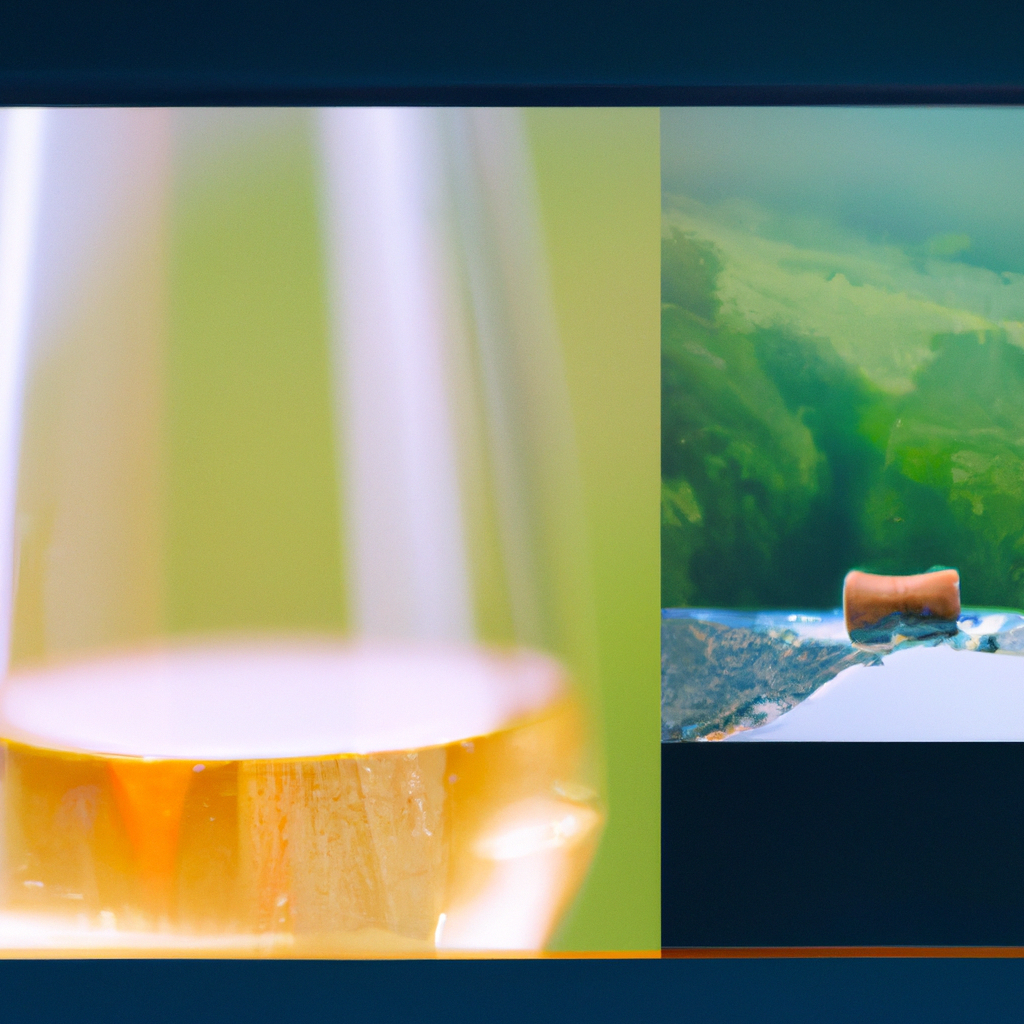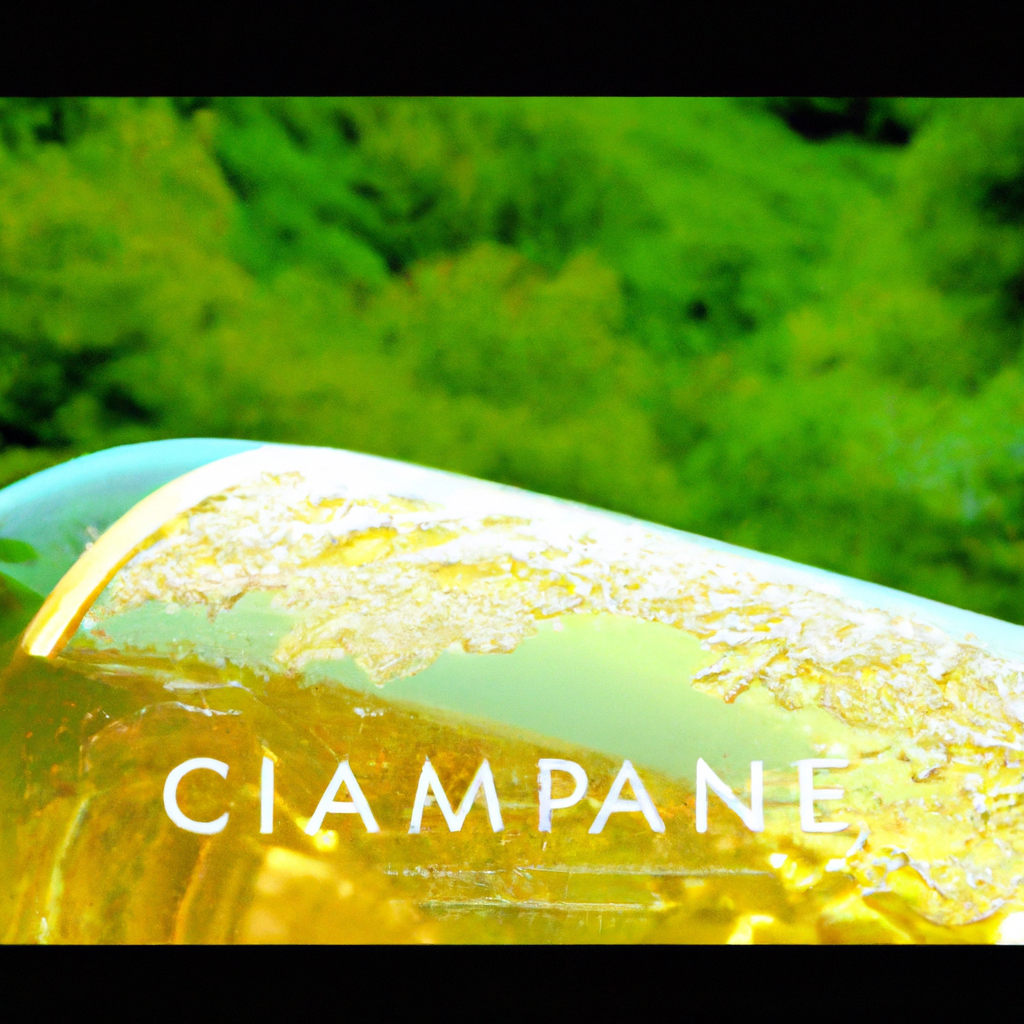
-
Article Summary
- Understanding Champagne: Part VI – Decoding the Wine 101 Series
- Key Takeaways
- Introduction: The Elegance of Champagne
- The Production Process: Méthode Champenoise
- Grape Varieties: The Trio of Champagne
- Decoding Champagne Labels
- Tasting Champagne: A Sensory Experience
- FAQ Section
- What makes Champagne different from other sparkling wines?
- What are the main grape varieties used in Champagne?
- What information can I find on a Champagne label?
- How should I taste Champagne?
- Why is Champagne often more expensive than other wines?
- Conclusion: The Allure of Champagne
- Revisiting the Key Takeaways
Understanding Champagne: Part VI – Decoding the Wine 101 Series

[youtubomatic_search]
Key Takeaways
- Champagne is a unique type of sparkling wine that originates from the Champagne region in France.
- The production process of Champagne, known as the traditional method or méthode champenoise, is intricate and time-consuming, contributing to its high quality and price.
- There are three main grape varieties used in Champagne: Chardonnay, Pinot Noir, and Pinot Meunier.
- Champagne labels carry important information about the wine, including its sweetness level, vintage, and producer.
- Proper Champagne tasting involves observing its appearance, smelling its aroma, tasting its flavor, and feeling its texture.
Introduction: The Elegance of Champagne
Champagne, the epitome of celebration and luxury, is a sparkling wine that has captivated wine enthusiasts for centuries. Its unique characteristics, from its effervescence to its complex flavors, set it apart from other wines. This article delves into the world of Champagne, exploring its production process, grape varieties, label decoding, and tasting techniques.
The Production Process: Méthode Champenoise
The production of Champagne is a meticulous process that involves several stages. First, the grapes are harvested and pressed to extract the juice. The juice is then fermented to produce a base wine. The base wine undergoes a second fermentation in the bottle, during which sugar and yeast are added. This process, known as the traditional method or méthode champenoise, creates the bubbles that Champagne is famous for. The wine is then aged on its lees (dead yeast cells) for at least 15 months for non-vintage Champagne and three years for vintage Champagne, enhancing its flavors and complexity.
Grape Varieties: The Trio of Champagne
Champagne is typically made from three grape varieties: Chardonnay, Pinot Noir, and Pinot Meunier. Chardonnay, a white grape, contributes elegance and finesse to the wine. Pinot Noir, a red grape, adds body and structure, while Pinot Meunier, also a red grape, provides fruitiness and roundness. The blend of these grapes results in a wine that is balanced and complex.
Decoding Champagne Labels
Understanding Champagne labels can enhance your wine experience. The label provides information about the wine’s sweetness level, which ranges from brut nature (very dry) to doux (sweet). It also indicates whether the Champagne is vintage (made from grapes harvested in a single year) or non-vintage (a blend of wines from different years). The producer’s name is also displayed on the label, allowing you to identify the house or grower that made the Champagne.
Tasting Champagne: A Sensory Experience
Tasting Champagne involves more than just sipping the wine. It begins with observing the wine’s appearance, including its color and the size and persistence of its bubbles. Next, you smell the wine to identify its aroma, which can range from fruity to floral to toasty. The taste of the Champagne reveals its flavors and acidity, while the feel of the wine in your mouth, known as the texture, can be creamy, crisp, or smooth.
FAQ Section
What makes Champagne different from other sparkling wines?
Champagne is a type of sparkling wine that is produced in the Champagne region in France using the traditional method. Its unique production process and regional restrictions set it apart from other sparkling wines.
What are the main grape varieties used in Champagne?
The main grape varieties used in Champagne are Chardonnay, Pinot Noir, and Pinot Meunier.
What information can I find on a Champagne label?
A Champagne label provides information about the wine’s sweetness level, vintage, and producer.
How should I taste Champagne?
Tasting Champagne involves observing its appearance, smelling its aroma, tasting its flavor, and feeling its texture.
Why is Champagne often more expensive than other wines?
The production process of Champagne is intricate and time-consuming, which contributes to its high quality and price.
Conclusion: The Allure of Champagne
Champagne is a fascinating wine that offers a unique sensory experience. Its intricate production process, diverse grape varieties, informative labels, and complex tasting profile contribute to its allure. Whether you’re a wine novice or a seasoned connoisseur, understanding Champagne can enhance your appreciation of this exquisite wine.
Revisiting the Key Takeaways
- Champagne is a unique type of sparkling wine that originates from the Champagne region in France.
- The production process of Champagne, known as the traditional method or méthode champenoise, is intricate and time-consuming, contributing to its high quality and price.
- There are three main grape varieties used in Champagne: Chardonnay, Pinot Noir, and Pinot Meunier.
- Champagne labels carry important information about the wine, including its sweetness level, vintage, and producer.
- Proper Champagne tasting involves observing its appearance, smelling its aroma, tasting its flavor, and feeling its texture.
[youtubomatic_search]






